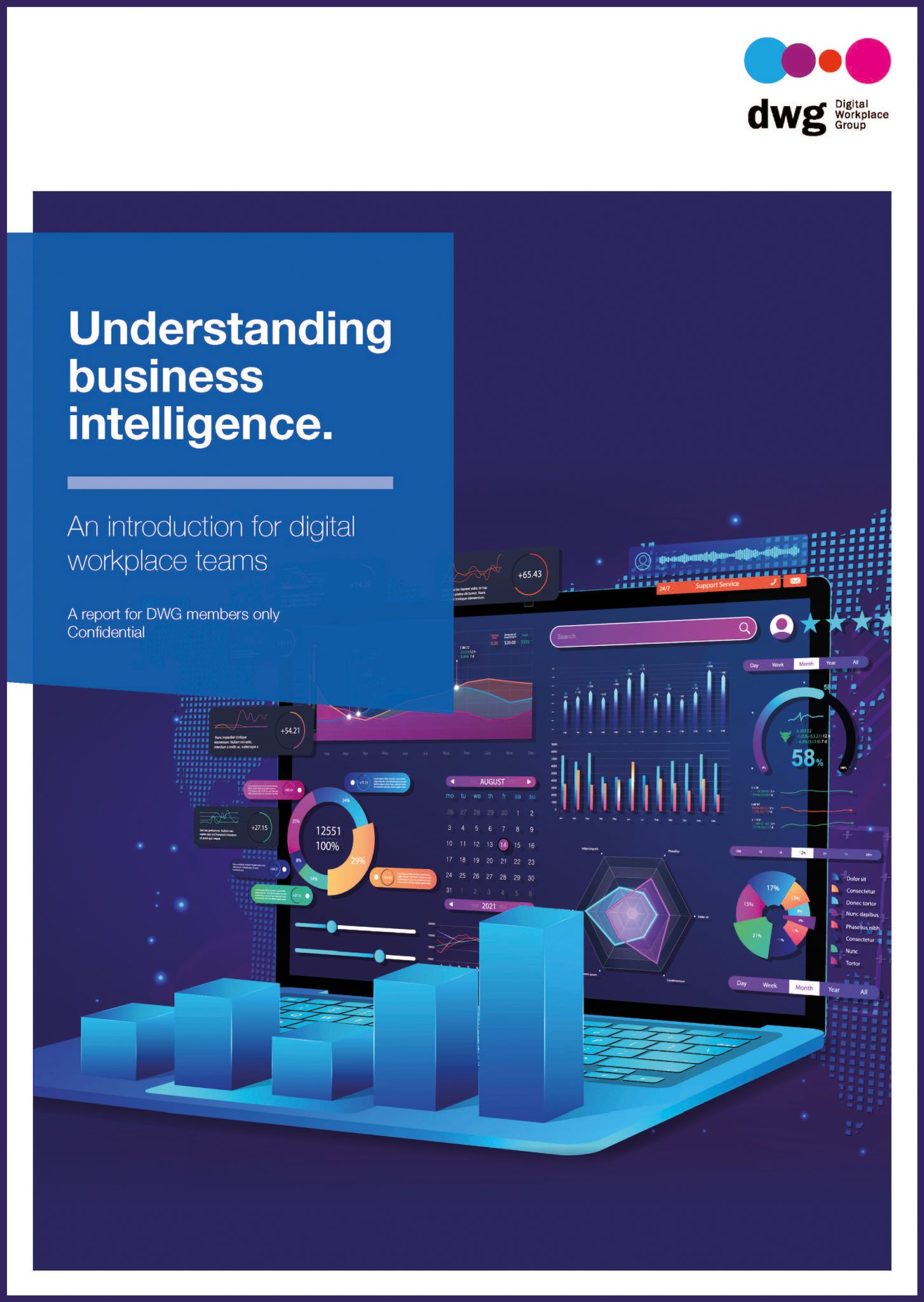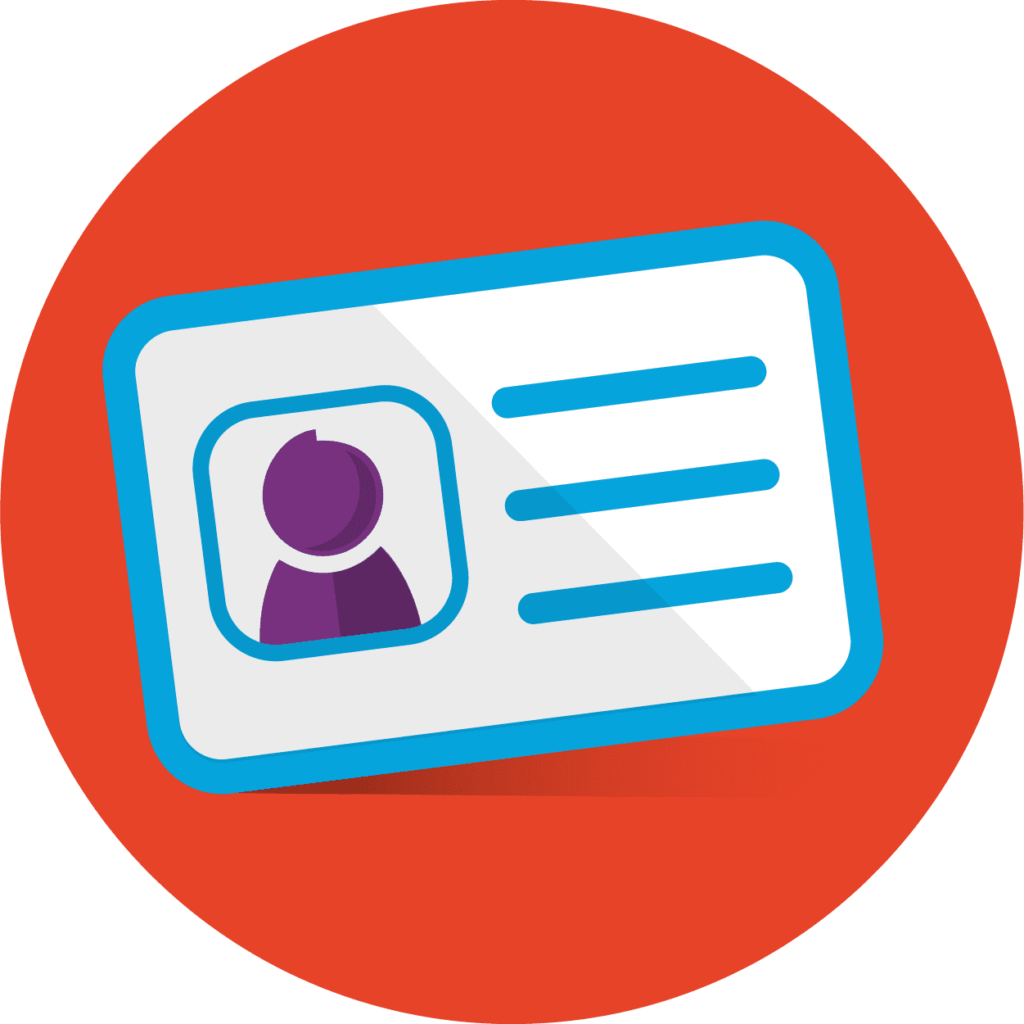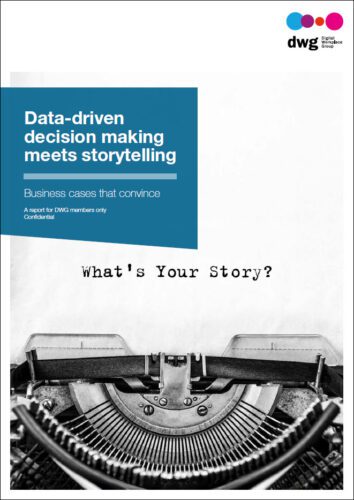Should we care about business intelligence in the digital workplace?
We are surrounded by data in our daily lives. The amount of data available is growing exponentially and, for many, data is taking on the role of oil in our economies. Various data-driven business models are emerging.
Within companies, the main user groups for data are typically in the finance and sales departments where the expertise to support business decisions is usually located. Without data, it would not be possible for these experts to make meaningful contributions to the success of the company – and data-driven and data-supported scenarios are playing an increasingly important part in this success.
Each of us is familiar with some extremely successful business models based on the use of data. Amazon, for example, knows very well what is happening on its platforms and draws on this data to simplify and optimize the customer experience – as well as, of course, to improve its business results.
New research from DWG explores what digital workplace teams need to know about business intelligence (BI) in order to understand how people are using the digital workplace, to articulate its value, better understand employee needs and optimize services across the ecosystem.
Methods for using data have been optimized and continually adapted to meet new requirements over the years; however, the basic challenges have remained very similar. In this new research report, we examine these methods and provide an introduction for digital workplace practitioners, considering such areas as:
- how data is collected and stored
- options for high-performance data analysis
- ensuring that data is of appropriate quality
- reflecting on the questions to answer and what data is needed to do this
- making good use of the available data.
The state of play for BI in the digital workplace
While BI already plays a central role in many areas, it does not seem to have gained a foothold in the digital workplace environment yet. In the DWG predictions for 2022, Paul Miller and Nancy Goebel cite BI as a key theme and predict that it will finally come of age. Their point of view is supported by numerous big players like Microsoft, Avanade, PwC and EY – and I can only agree.
From many discussions with colleagues in the digital workplace, I know that the use of data beyond technical parameters and simple usage reports is not widespread. In the past, it has simply been too expensive, but now modern digital workplace technologies are beginning to change this with a range of different metrics available in the connected workspace. So, what additional fields should digital workplace teams now be considering?
Use data to avoid flying blind
One of the most frequent sentences I’ve heard in the past two years has been: “We rolled out MS Teams, we’re good.” This statement is typically supported by some usage data, which will tell you on how many devices Teams has been installed – and I have seen many IT projects document their success based purely on such data.
But when we talk about the adoption of collaboration tools such as Teams, this involves much more than simply the number of installations; just as important is how an application is being used. In the case of Teams, the relationship between private chat and Teams channel posts can tell you to what extent people have adapted to new ways of working and how the use of email is changing. This is about understanding where the company’s adoption rate is right now and whether you’re investing in the most useful adoption activities.
In Viva, Microsoft is building an employee experience platform with a whole new set of tools that draw on the data in the Office Graph. Viva Insights, for example, uses these data to give people and businesses better insights into how to improve not only productivity but also their wellbeing. People can optimize their work habits with, for example, needed breaks suggested and focus time protected. Other tools, such as Swoop Analytics, Panagenda and Contexxt AI, have also developed analysis tools that enable deeper insights.
Proactive support for digital workplace users
Today’s increasingly distributed work environments require the smooth cooperation of different teams, often involving a range of end devices using the same collaboration environment, or hybrid scenarios at dispersed work locations. This variety of meeting scenarios is a significant factor, with the straightforward interaction of different components becoming more and more important. Data on their use and on problems encountered during that use make it possible to identify issues in advance; for example, tickets can be automatically generated based on triggers before the end user has even become aware of a problem.
By collecting the data from all end devices, incidents can be recorded and corrected in bulk. Typically, only a maximum of 50% of incidents are registered. But in an example outlined by Nexthink, for one problem relating to a version of Outlook, four incidents were logged, the data collected showed 72 additional users who had experienced 101 crashes of the Outlook application over the past 7 days, and revealed 3,266 devices with the same Outlook version that might potentially experience a similar crash. The problem could therefore be fixed in advance before it occurred on a larger scale.
Getting in direct touch with your employees
In the past, IT service focused heavily on the availability of the service, which was stipulated in the service level agreement (SLA). A closer look at the needs of employees was not possible due to a lack of data, among other things. This has now changed and new platforms allow direct user feedback to be gathered.
This has enabled the introduction of experience level agreements (XLAs). Increasingly, it is not just a matter of providing a technical service but also of aligning the range of services with the actual requirements of employees. Modern DEX platforms like Nexthink allow digital workplace teams to target specific audiences to get better feedback as they can more accurately identify their target audiences. This also results in higher response rates as employees who are not in the target group are not spammed.
However, even if the available data are getting more precise, you still need to be able to understand the outcomes. Again, multidisciplinary teams translating the results to IT and business units are an excellent starting point. It’s important to start small with an XLA project and to be cognizant of how you can turn the research into actionable recommendations for the rest of the IT department.
Design of the digital workplace experience
Why not use the available data to design digital workplace experiences? Office 365 provides a multitude of data on how the digital workplace is used, where interests lie and where work activities are focused. AI can extract both implicit and explicit knowledge from the organizational data, enabling digital workplace teams to tailor the environment to better meet end-user needs.
DWG’s new research report ‘Understanding business intelligence’ provides digital workplace teams with an introduction to the topic of business intelligence, familiarizing them with the concepts and terms they need to know in order to start leveraging data to optimize the digital work environment. It includes examples from EY and ABN AMRO, which both demonstrate the potential of a data-driven approach in creating a great digital employee experience.
Related resource
Understanding business intelligence:
An introduction for digital workplace teams
Talk to us about…
… becoming a DWG memberMore about DWG Membership » |
Categorised in: Business intelligence, Research reports



